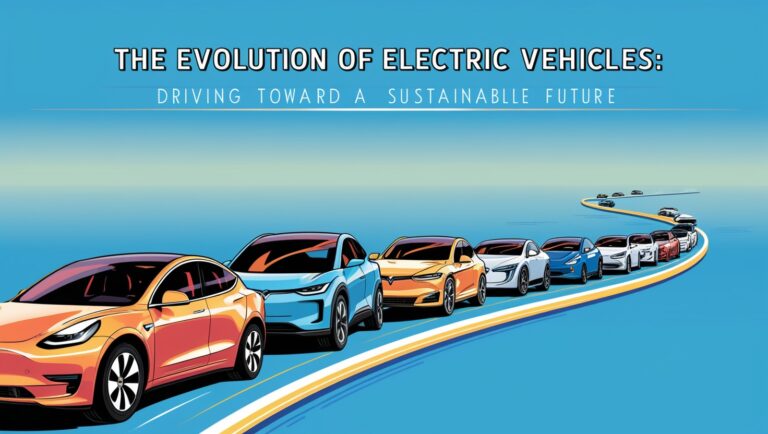The landscape of education has drastically shifted in recent years, with hybrid and remote learning models becoming the new normal for students worldwide. These blended learning approaches, combining in-person and online elements, offer a flexible and accessible way for learners of all ages to engage with educational content. As technology continues to advance, hybrid and remote learning will continue to evolve, making education more inclusive, adaptable, and suited to diverse learning needs.

1. What Are Hybrid and Remote Learning Models?
- Hybrid Learning: A model that combines both in-person and online learning. Students may attend physical classes some days and participate in virtual sessions on others.
- Remote Learning: A fully online model where students learn from home or another location, accessing materials, lectures, and assignments through digital platforms.
2. The Benefits of Hybrid and Remote Learning
a. Flexibility
- Students can learn at their own pace, on their own schedule, which is especially beneficial for those with other commitments (like work or family).
- Remote learning breaks down geographical barriers, allowing access to education from anywhere in the world.
b. Accessibility
- Hybrid and remote learning provide opportunities for students with disabilities or health conditions that may make in-person attendance difficult.
- Online platforms often offer tools like captions, text-to-speech, and interactive content, enhancing the learning experience for diverse learners.
c. Personalized Learning
- With access to a wide range of online resources, students can tailor their learning experience to match their individual needs and preferences.
- Educators can use data and analytics from learning management systems to track student progress and adjust instruction accordingly.
d. Cost-Effectiveness
- Hybrid and remote models reduce the need for commuting and on-campus facilities, which can save money for both institutions and students.
- Education becomes more affordable for students who may not be able to relocate or afford traditional on-campus education.

3. The Challenges of Hybrid and Remote Learning
a. Technology Barriers
- Not all students have access to the devices or high-speed internet required for remote learning.
- Disparities in technology access can create inequality, with some students falling behind due to lack of resources.
b. Engagement and Motivation
- Students may struggle with staying engaged during remote lessons, where face-to-face interactions are limited.
- Without direct in-person instruction, students may feel disconnected from their peers and instructors, leading to decreased motivation.
c. Lack of Social Interaction
- Hybrid and remote learning can limit opportunities for students to socialize, collaborate, and develop communication skills in a classroom environment.
- Social isolation can also affect mental health and emotional well-being.
d. Teacher Training
- Many educators are still adjusting to online teaching platforms and technology. Adequate training and support are crucial to ensure they can effectively deliver engaging lessons in hybrid and remote settings.
4. The Future of Hybrid and Remote Learning
a. Technological Advancements
- As technology continues to evolve, hybrid and remote learning will become more interactive and immersive. Virtual reality (VR) and augmented reality (AR) are expected to revolutionize how students engage with content.
- AI-driven platforms will offer personalized learning experiences, adapting to each student’s strengths and weaknesses.
b. Greater Access to Global Education
- The flexibility of hybrid and remote learning models will continue to break down barriers to education, offering students in rural or underserved areas the chance to learn from the best teachers and institutions worldwide.
c. Blended Learning Communities
- Schools and universities may adopt a hybrid model permanently, offering both in-person and online courses. This allows students to choose the format that best suits their learning style and life circumstances.
- Online learning communities will become more robust, with virtual study groups, peer networks, and professional development opportunities.

5. How to Make the Most of Hybrid and Remote Learning
- Create a Dedicated Learning Space: Having a quiet, comfortable space for studying helps minimize distractions.
- Stay Organized: Use online calendars and planners to manage your time effectively and keep track of assignments and deadlines.
- Stay Connected: Engage with classmates and instructors via discussion forums, video calls, and online study groups to maintain social and academic connections.
- Take Breaks: Balance your screen time with physical activity to avoid burnout and stay mentally sharp.
- Advocate for Better Access: Support initiatives that ensure all students have equal access to the technology and resources needed for remote learning.
Conclusion: The Future of Learning Is Here
Hybrid and remote learning models are here to stay, offering unprecedented flexibility and accessibility for students worldwide. While there are challenges, the continued evolution of these educational approaches promises to make learning more personalized, inclusive, and adaptable to the needs of every student. Embracing these changes is key to preparing for a future where education is more accessible and tailored to individual needs than ever before.





